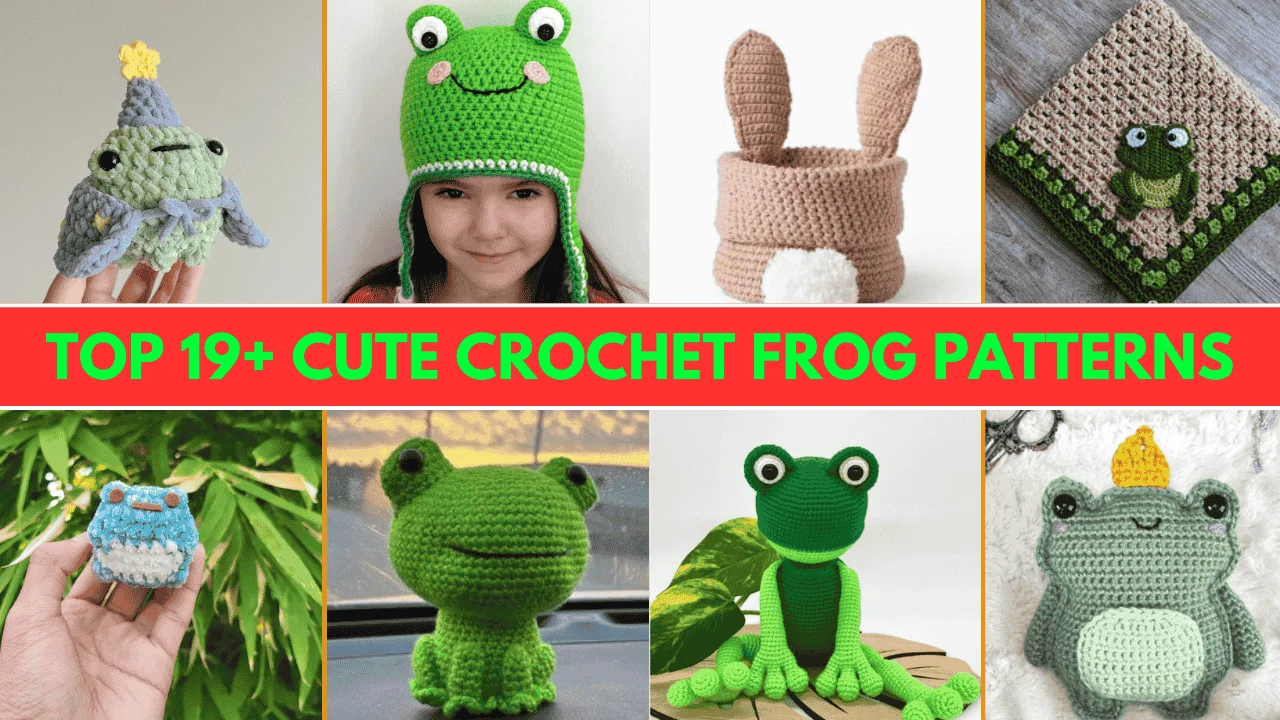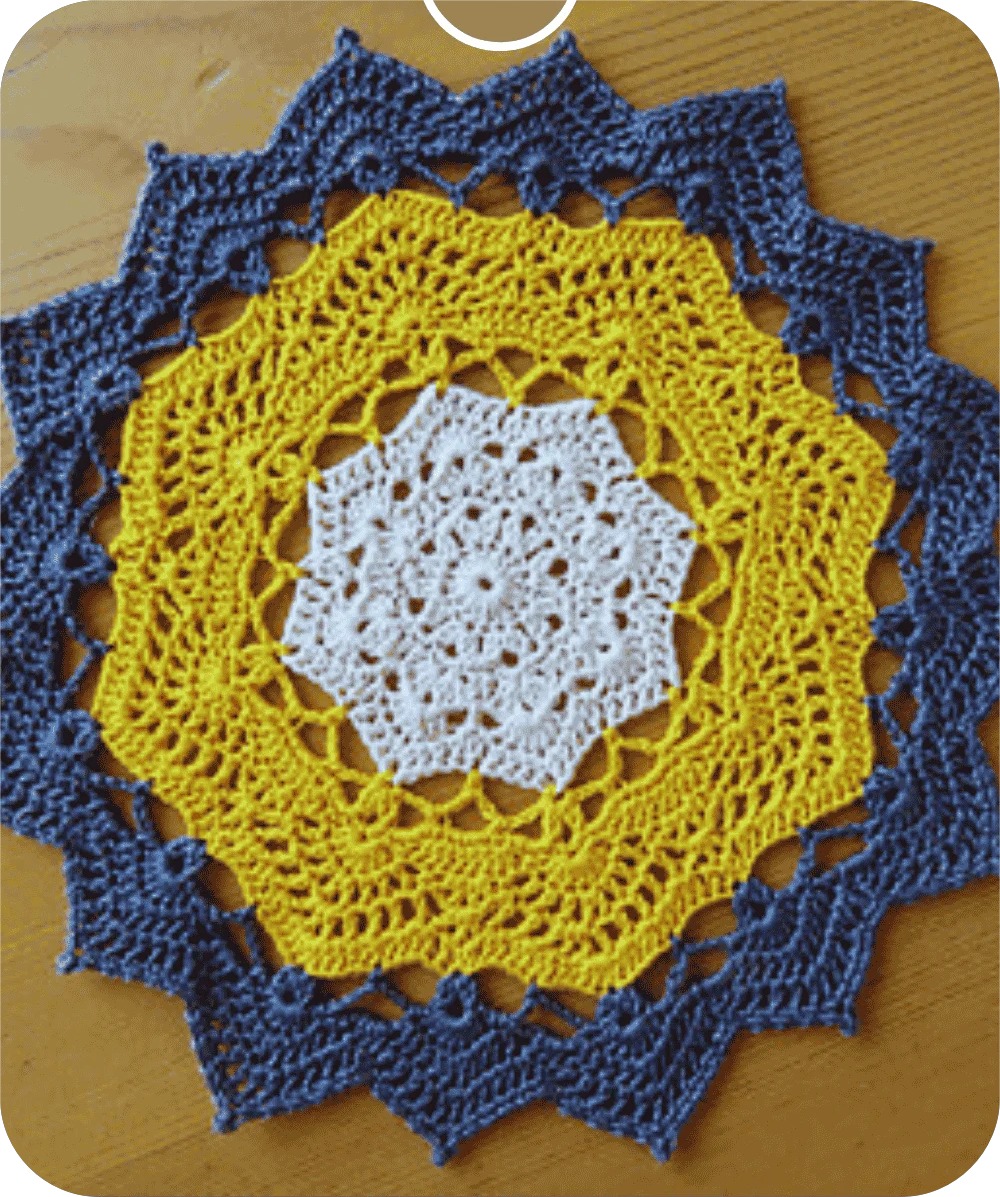Feeling limited by traditional colorwork techniques in knitting? Maybe you’re missing out on the simplest fix—duplicate stitch. It’s an easy method that lets you add designs or fix color mistakes without reworking your whole project. Curious how it works? Let’s dive in.
Duplicate stitch allows you to layer yarn over finished knit stitches, creating neat, V-shaped embroidery that blends right in. It’s perfect for adding names, shapes, or even patching worn spots—especially on stockinette fabric. You don’t need extra tools or complex skills, just a needle and some yarn.
Keep reading to learn how to do it step by step—plus explore creative ideas to get started
In This Post
What is Duplicate Stitch?
Duplicate stitch is an easy embroidery method applied to knitted material to enhance color or correct errors. It replicates the form of a knit stitch by placing a new yarn atop the current one. This technique is most effective on stockinette stitch and is ideal for incorporating patterns, initials, or added durability while preserving the original knitting.
Basic Materials You’ll Need
Here are the materials that you will need while stitching duplicate stitch in knitting. Including –
1. Finished Knitted Fabric: You require a finished knitting piece—preferably created in stockinette stitch. This even surface allows for easy visibility of the “V” shapes required for duplicate stitch.
2. Tapestry Needle: A tapestry needle with a blunt tip is crucial for this method. It needs to have a wide enough eye to accommodate your yarn without causing fraying. The rounded tip assists in directing the yarn through the stitches without fraying or harming them.
3. Contrasting Yarn: Choose a yarn that matches the weight of your main project for a clean, uniform appearance. A different color highlights your duplicate stitches, particularly when incorporating designs or text. Always try a small section to check how the colors appear together.
4. Small Scissors: A set of small, sharp scissors will be useful for cutting yarn ends. Neat cuts maintain a tidy appearance at the back of your project. It’s also helpful for trimming loose fibers prior to beginning.
5. Chart or Simple Design Plan (Optional): When designing something—such as a letter, symbol, or shape—it can be beneficial to have a visual reference. A simple chart or even a quick sketch can help maintain order. This is particularly beneficial when inserting several stitches over a broader region.
How to Do Duplicate Stitch (Step-by-Step)
Step 1: Starting the Yarn

First, put a piece of yarn through a tapestry needle’s hole. Make the yarn long enough, like what you use for weaving in ends when knitting. On the back of your work, find the area near where you want to begin stitching. Weave the yarn through the backs of several stitches to secure the end.
Step 2: Begin a Duplicate Stitch
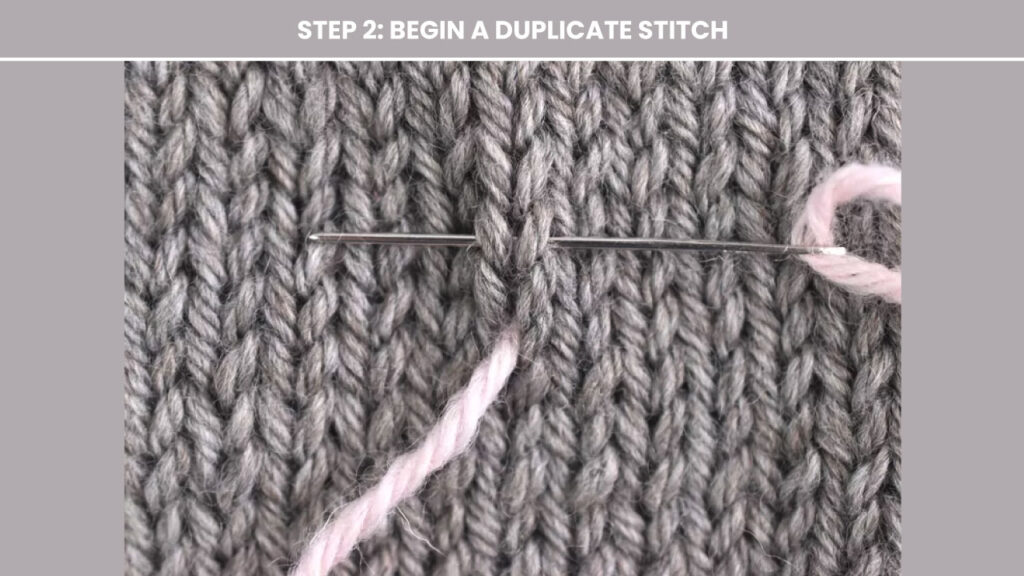
Stockinette stitch creates rows of small V shapes across the fabric. While they might appear upside down at times, focus on the upright Vs when working duplicate stitch. Bring your needle up from the back at the base of the first V where you want to start. Insert your needle behind both legs of the V shape directly above the stitch you’re duplicating.
Step 3: Finish a Duplicate Stitch
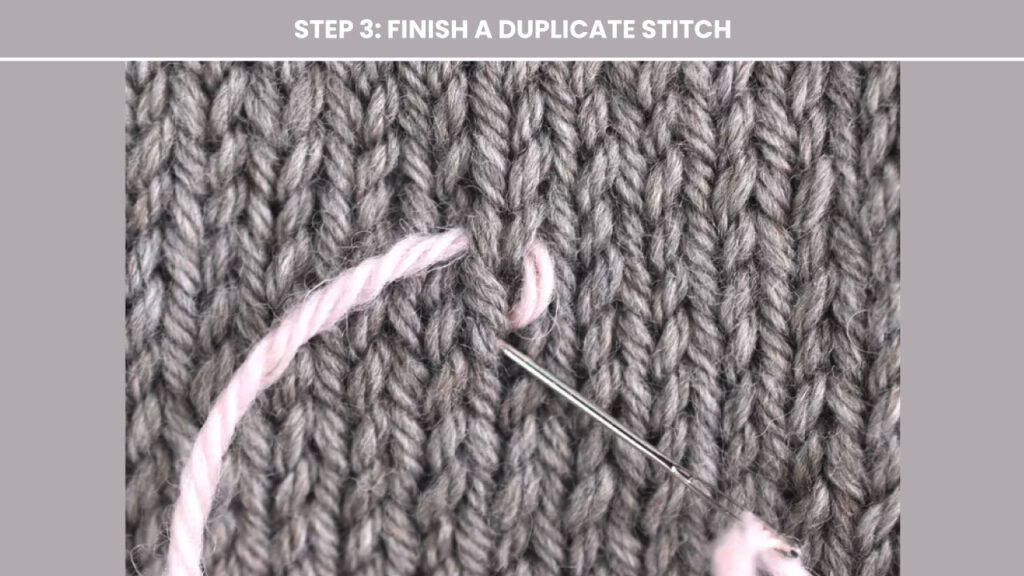
Now lower the needle back into the exact place where you initially raised it. This finishes the duplicate stitch over the original V. Keep the yarn tight as you stitch to ensure consistent tension. Do not pull too hard, since it may alter the original knitting beneath. The duplicate stitch must rest perfectly atop the original stitch, completely concealing it. If it’s a bit misaligned, take a moment to reposition it now. The duplicate stitch must be placed directly on top of and completely cover the original knit stitch.
Common Uses of Duplicate Stitch
Duplicate stitch serves more purposes than many realize. It’s an easy method to introduce color or correct errors once the knitting is completed. This method provides great versatility, whether embellishing a simple sweater or repairing a damaged area, without altering the original construction of the item.
1. Add Decorative Designs: Duplicate stitch is ideal for incorporating small patterns such as hearts, stars, or geometric figures. These rest neatly on stockinette stitches and can be created in any hue. It’s an easy method to enhance basic knits without the need to plan color patterns ahead of time.
2. Customize Handmade Gifts: Incorporating initials, names, or basic icons adds a personal flair to knitted pieces. It is effective for baby hats, mittens, and scarves. This enhances the significance and individuality of every gift.
3. Fix Mistakes in Colorwork: If a color stitch is missed or done in the wrong yarn, duplicate stitch can fix it without ripping out rows. Just cover the wrong stitch with the correct color. It saves time and stress, especially in detailed patterns.
4. Reinforce Worn Spots: Areas like elbows, cuffs, or heels can wear thin with use. Covering them with duplicate stitches adds strength and extends the life of the project. It’s both functional and tidy.
5. Reinforce Worn Spots: Areas like elbows, cuffs, or heels can wear thin with use. Covering them with duplicate stitches adds strength and extends the life of the project. It’s both functional and tidy.
Frequently Asked Questions About Duplicate Sitch
Can duplicate stitch be used on any type of knitting?
Duplicate stitch works best on stockinette stitch because of its smooth, V-shaped structure. It can be used on other textures, but the results may not be as neat or consistent.
What kind of yarn should I use for duplicate stitch?
Use yarn that’s the same weight and fiber as your project yarn. This ensures the stitch blends in well and maintains the same texture and tension across the fabric.
Will duplicate stitch show on the back of the fabric?
Yes, the yarn will be visible on the back, but it usually lies flat. Weaving in ends neatly and avoiding long yarn floats helps keep the back tidy and secure.
Is duplicate stitch permanent or will it come undone?
If done with proper tension and ends are secured well, duplicate stitch is durable. It holds up through regular use and washing, especially when using matching yarn and weaving in the tails securely.
Can I fix a colorwork mistake with duplicate stitch?
Absolutely. Duplicate stitch is perfect for covering up missed or incorrect color stitches after knitting. It saves time by allowing you to correct the error without needing to undo any rows.
In Closing
Duplicate stitch is a simple yet powerful technique that every knitter should know. Whether used for adding color, fixing small mistakes, or reinforcing worn spots, it offers flexibility without the need to rework your fabric. It’s especially helpful for personalizing projects or experimenting with colorwork in a low-stress way. With just a needle and a bit of yarn, you can transform plain knitting into something unique. Try it on your next project and see how easy and effective it can be.


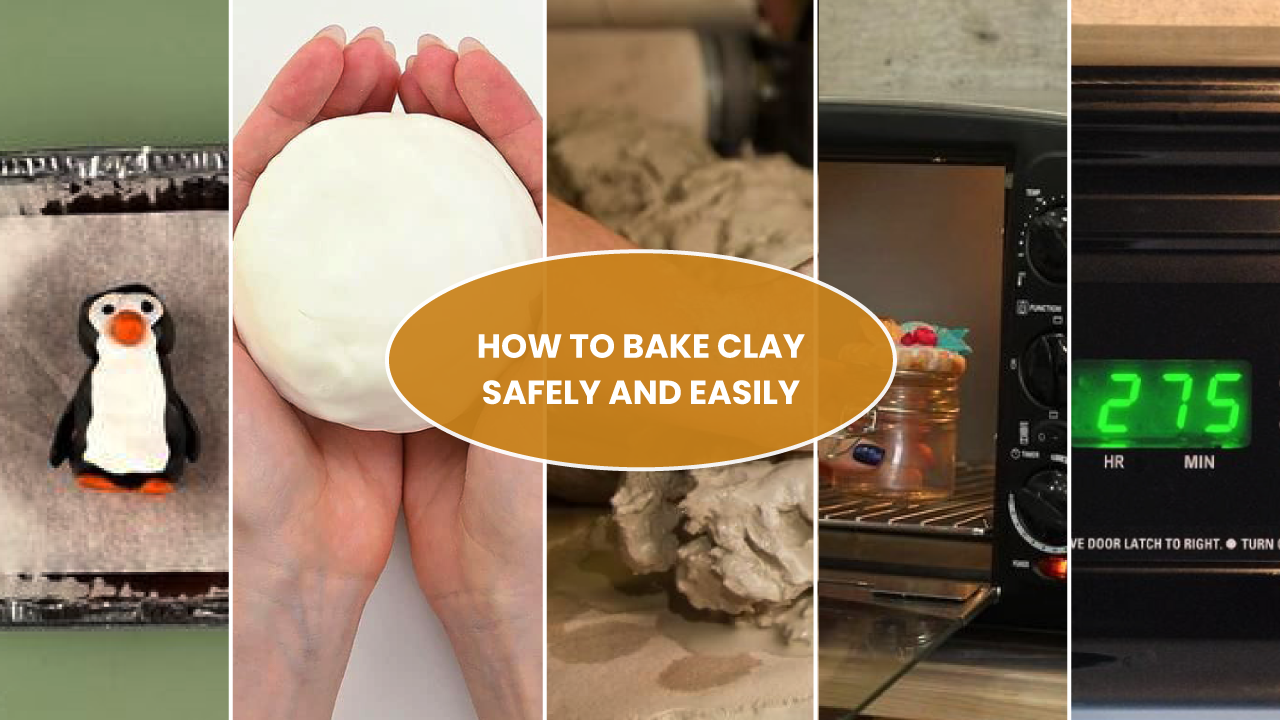
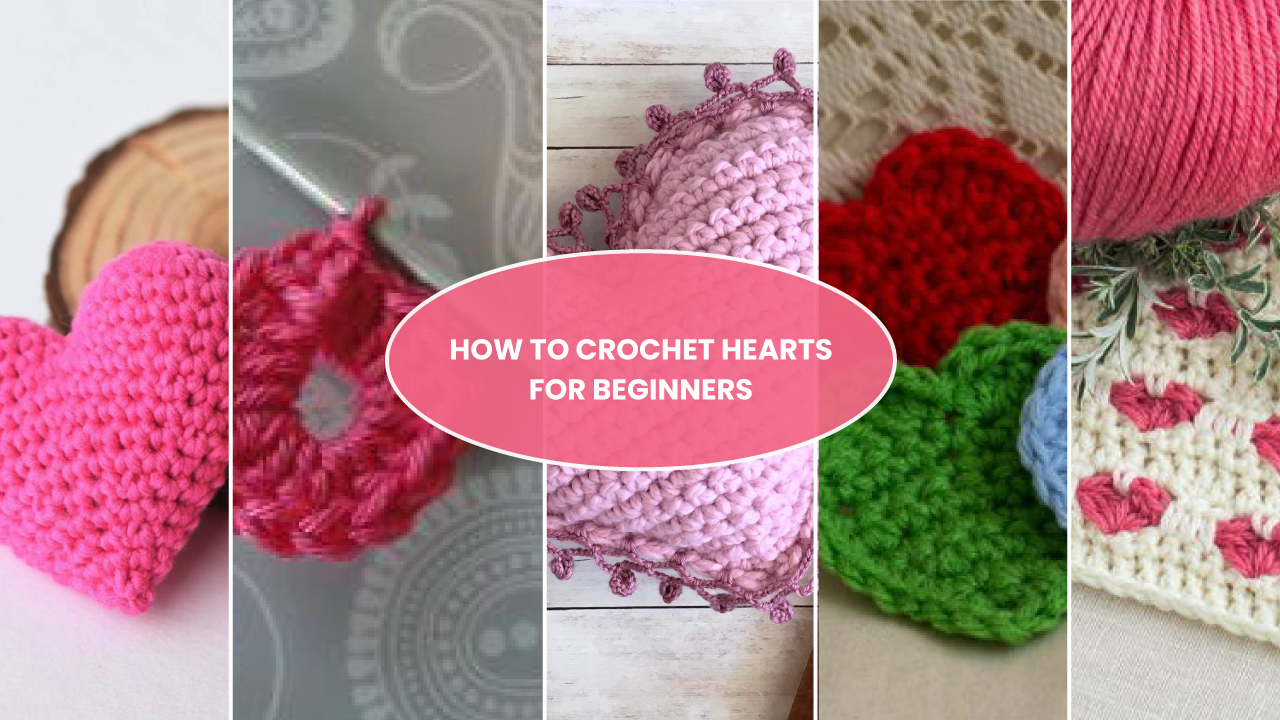
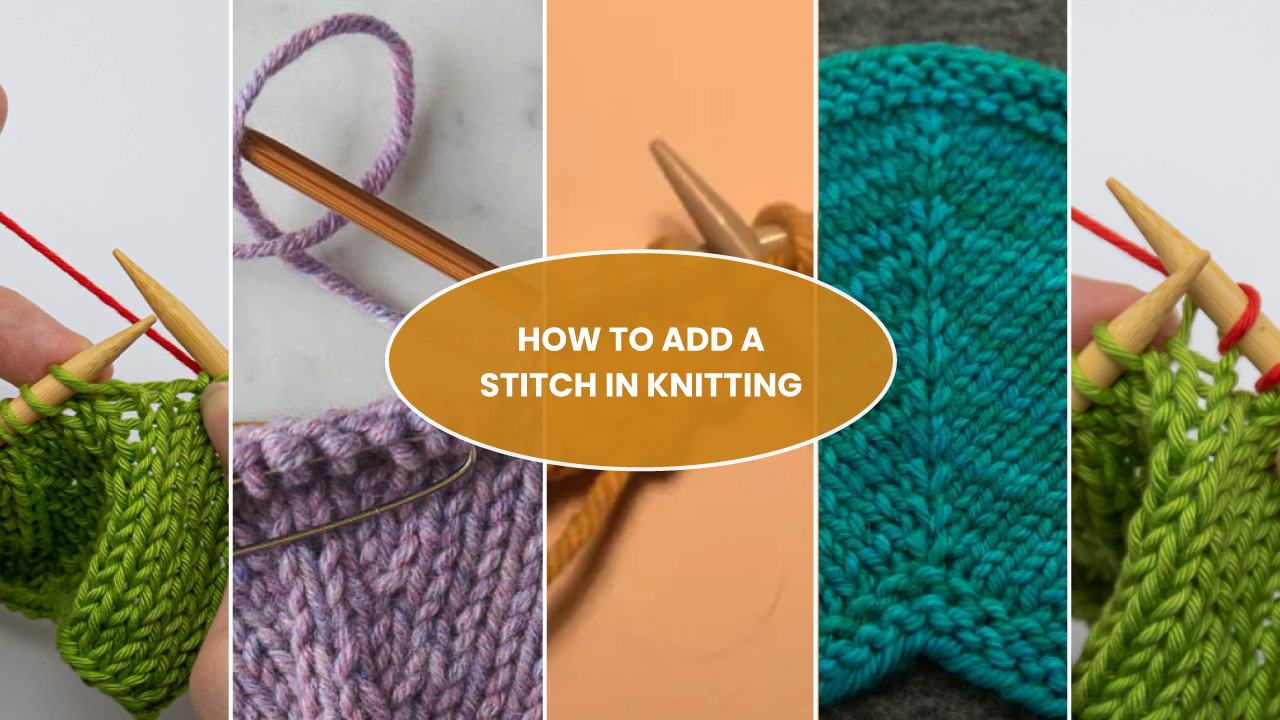

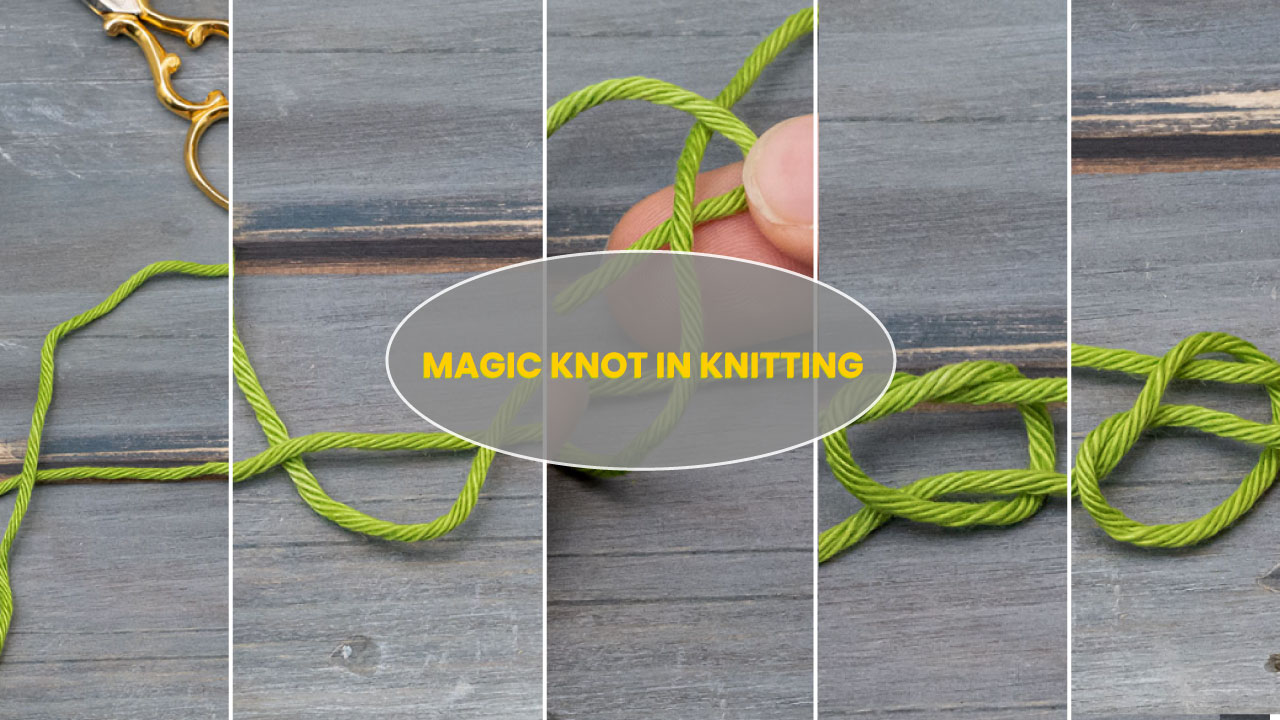
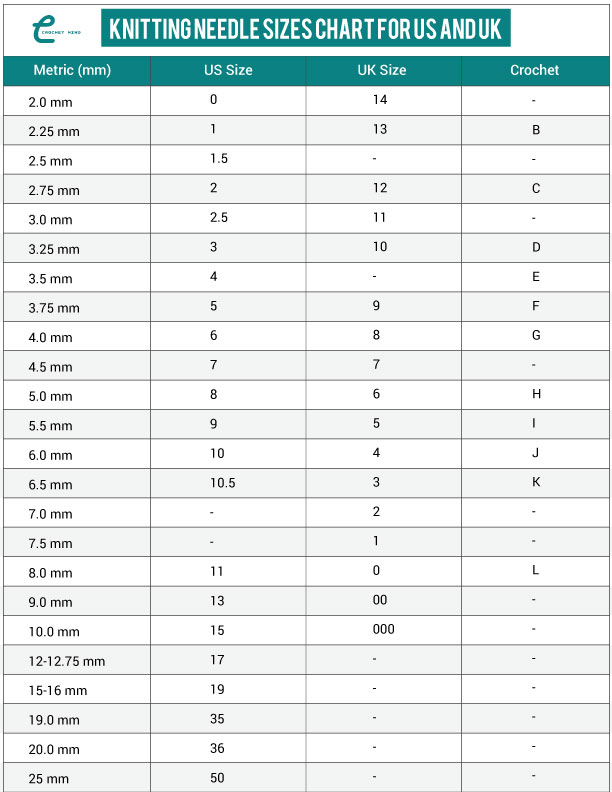
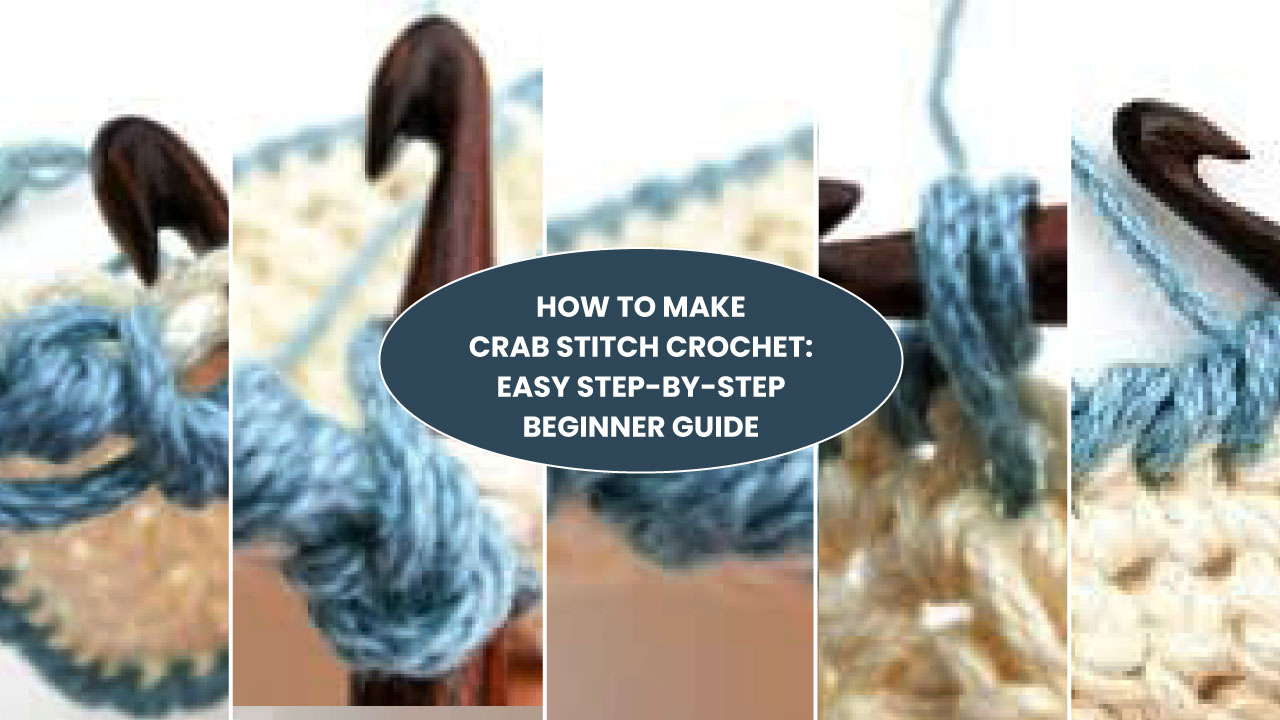


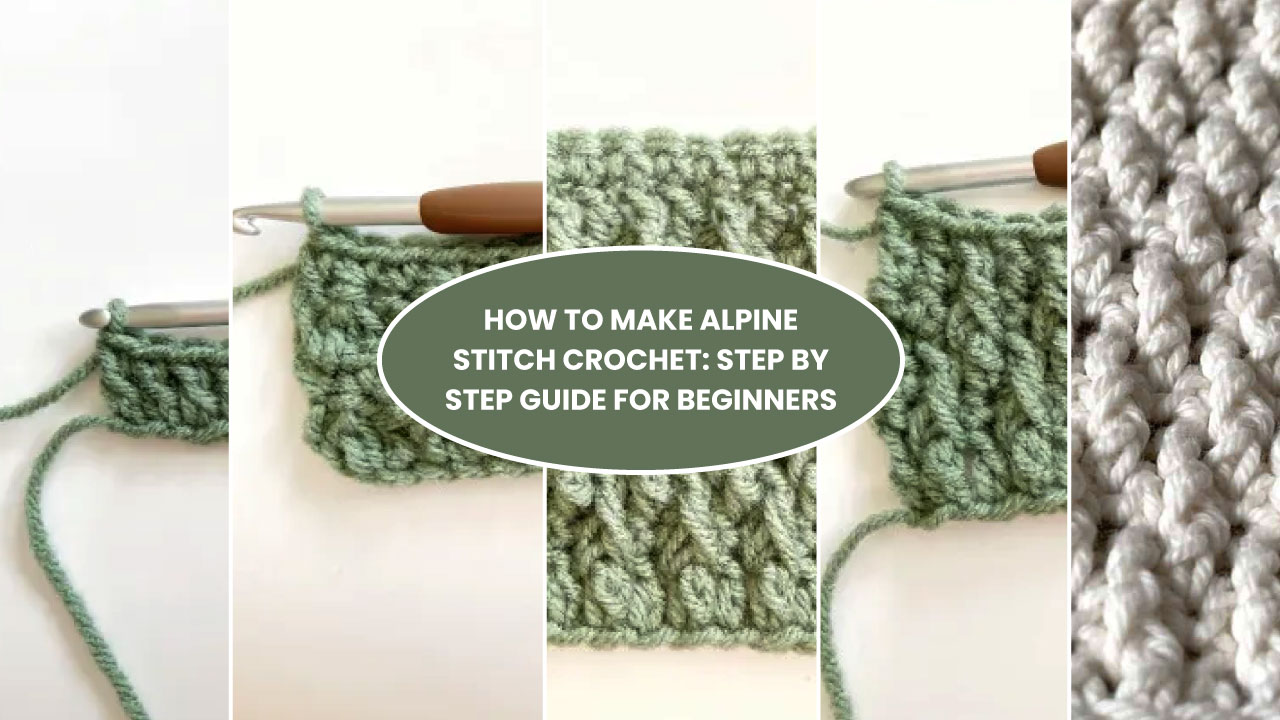
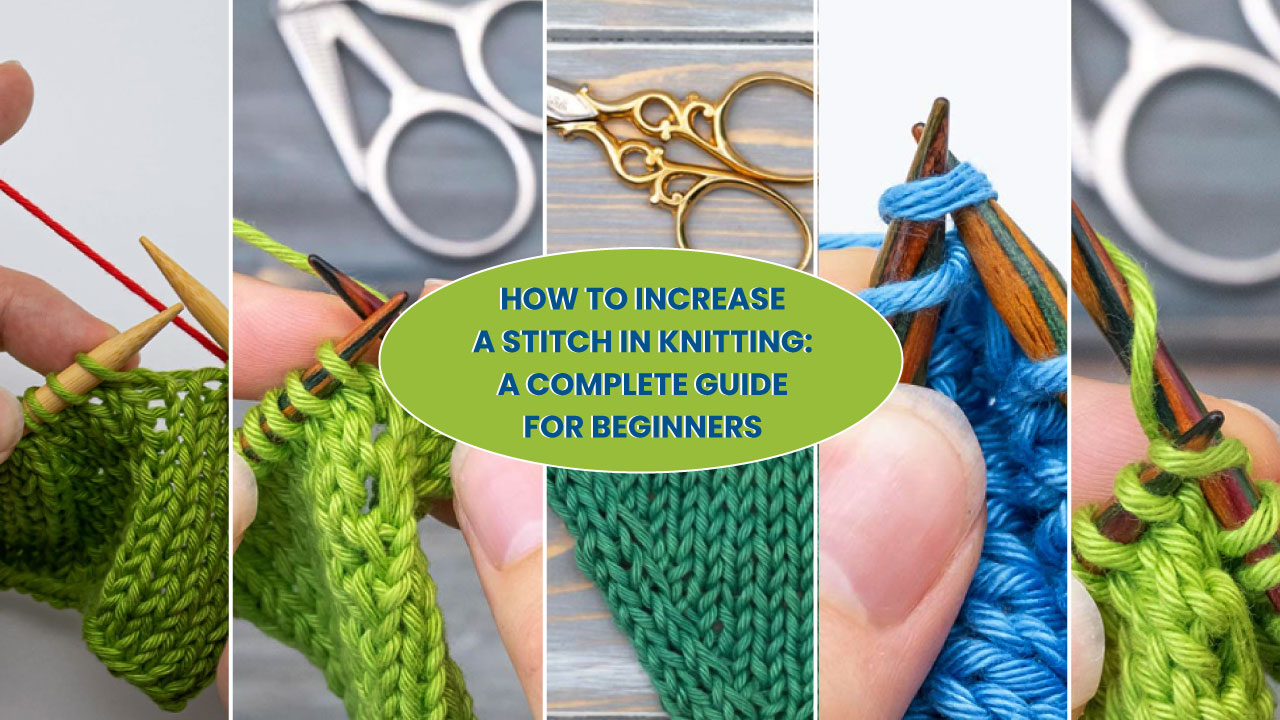



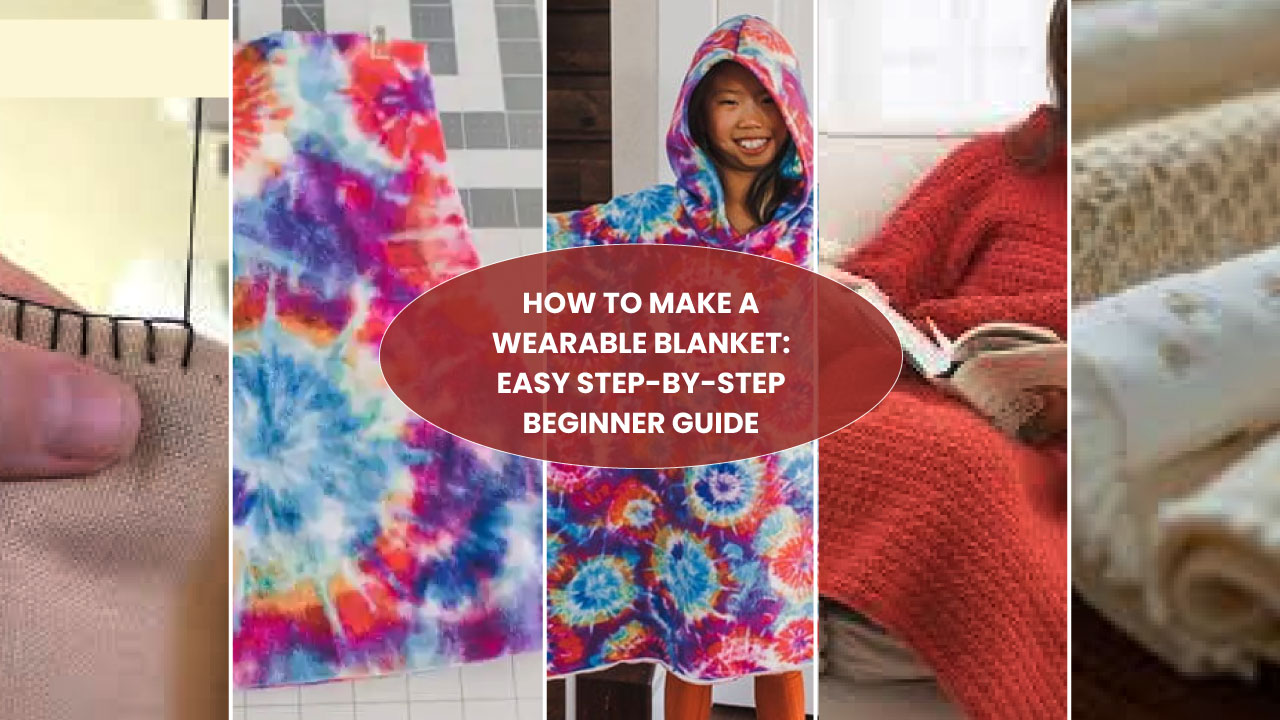
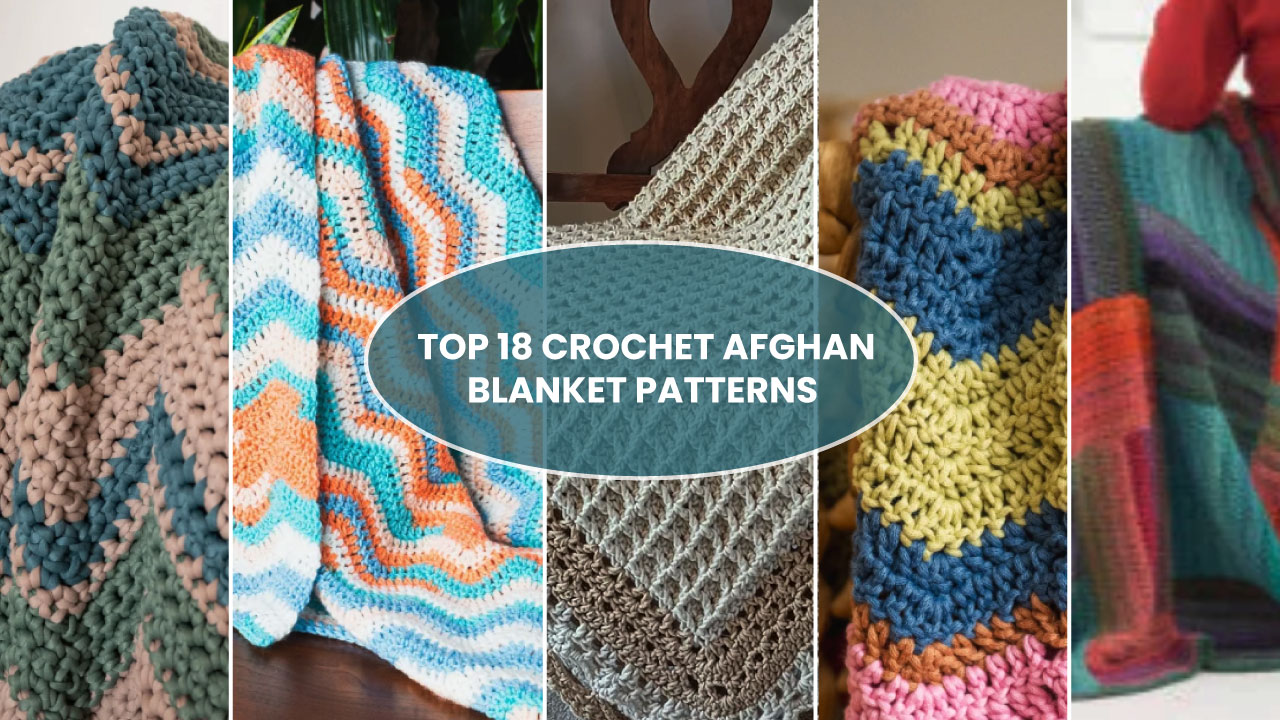


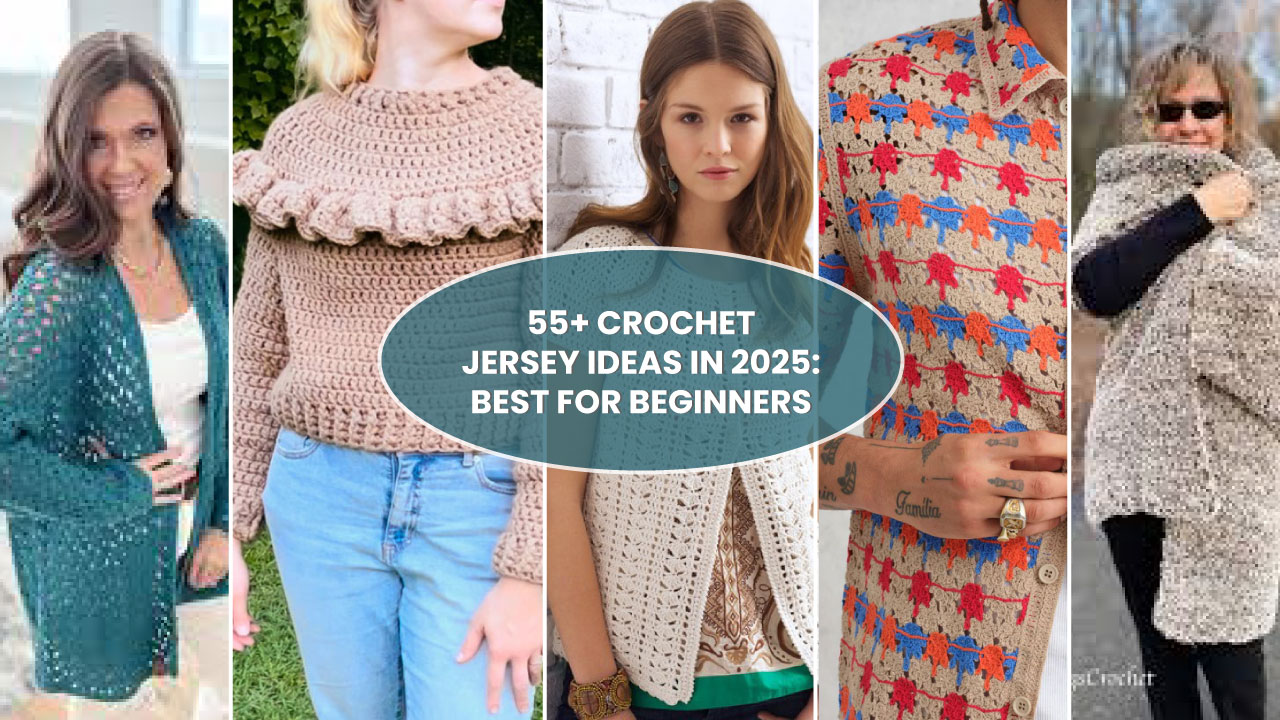

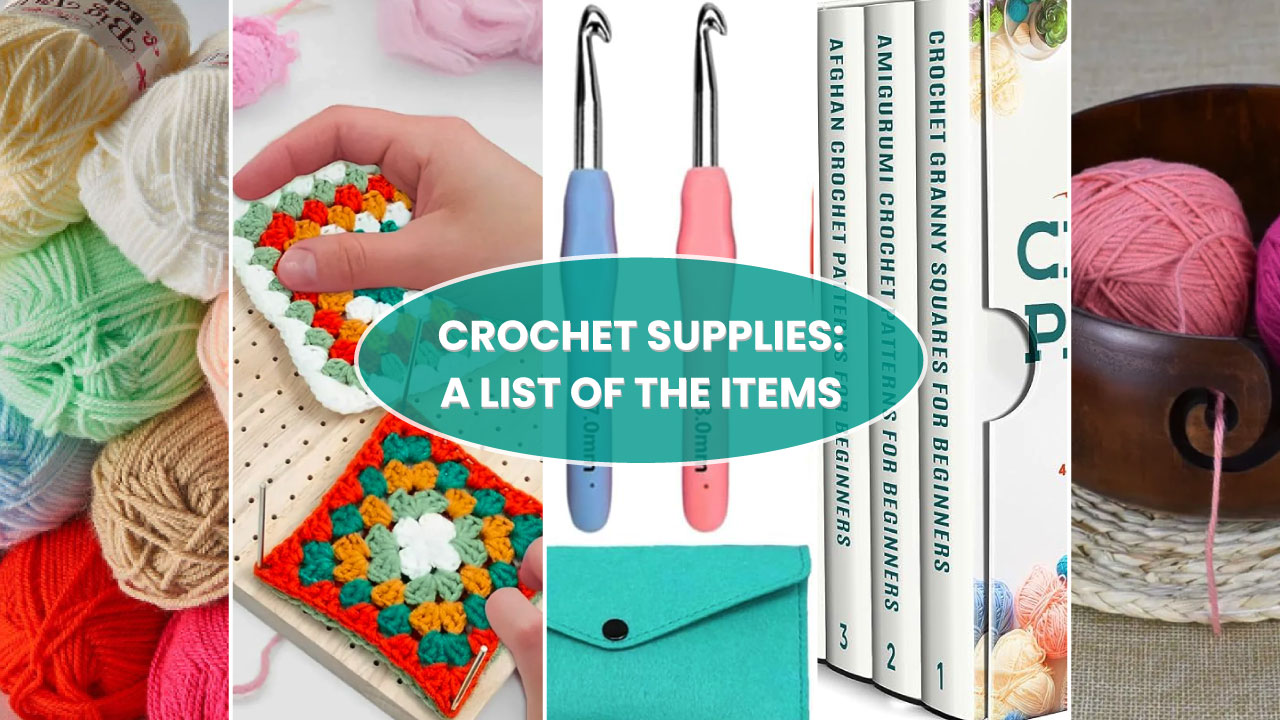
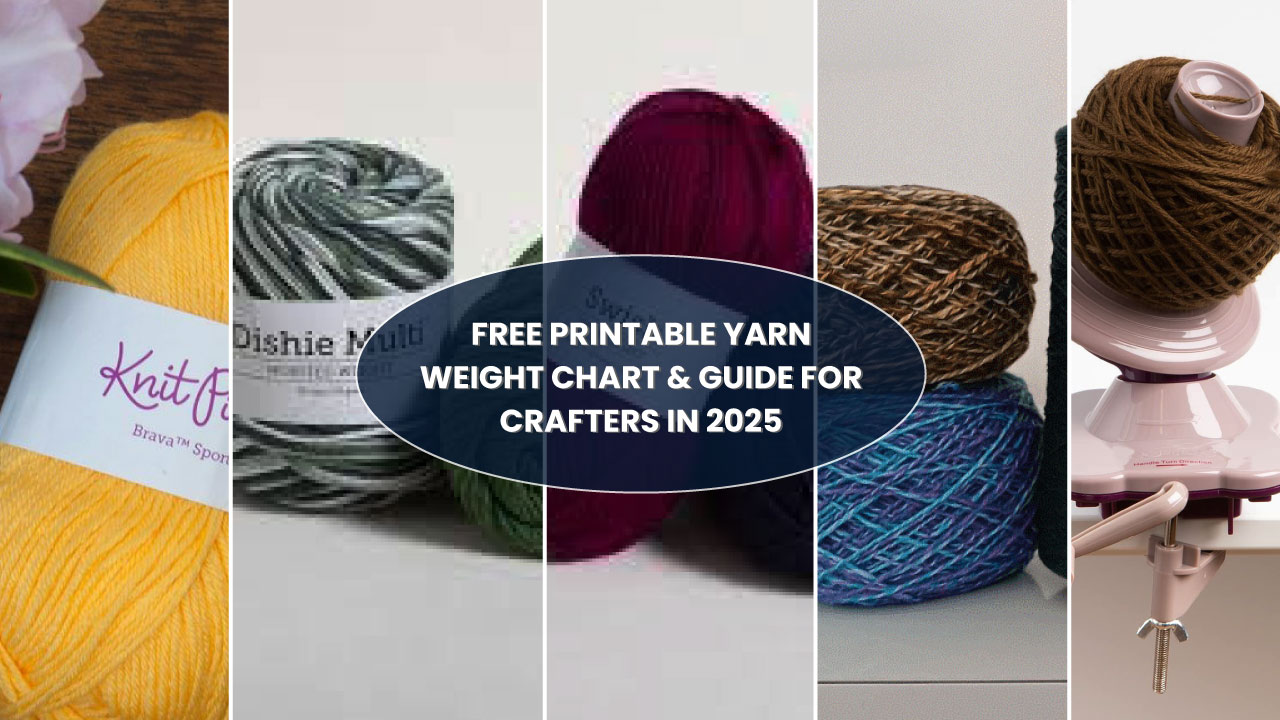


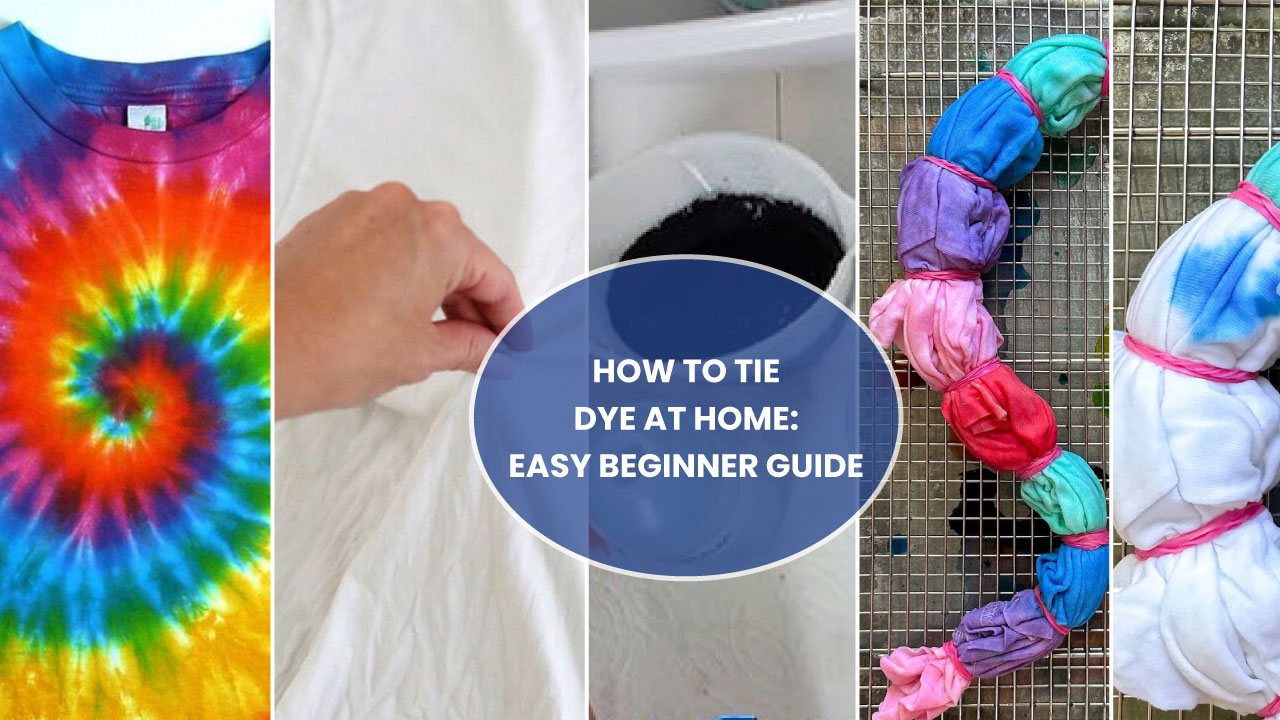
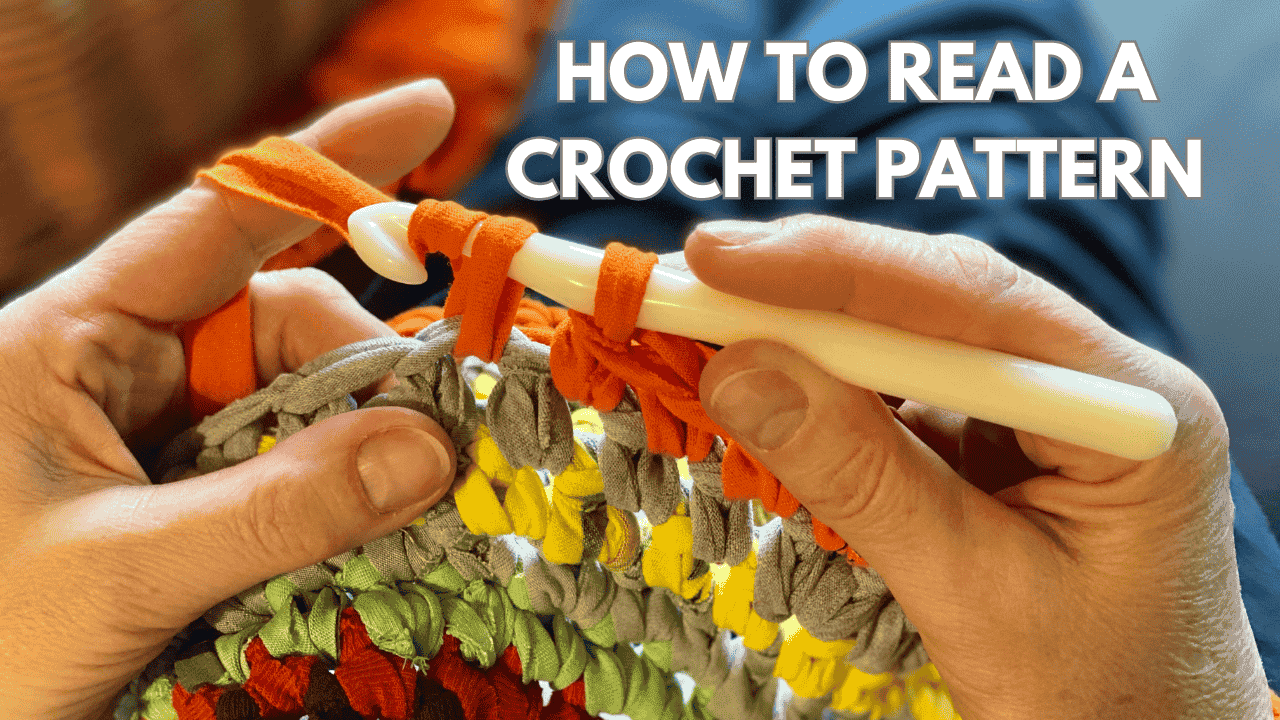
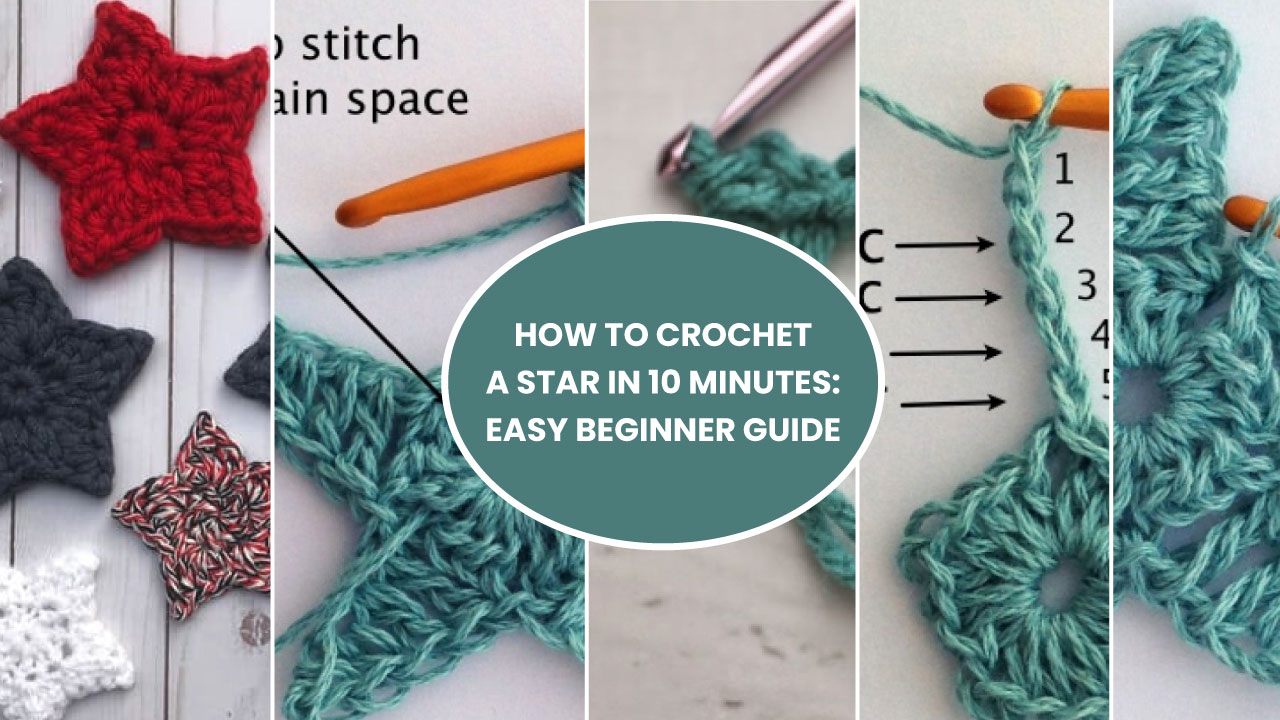
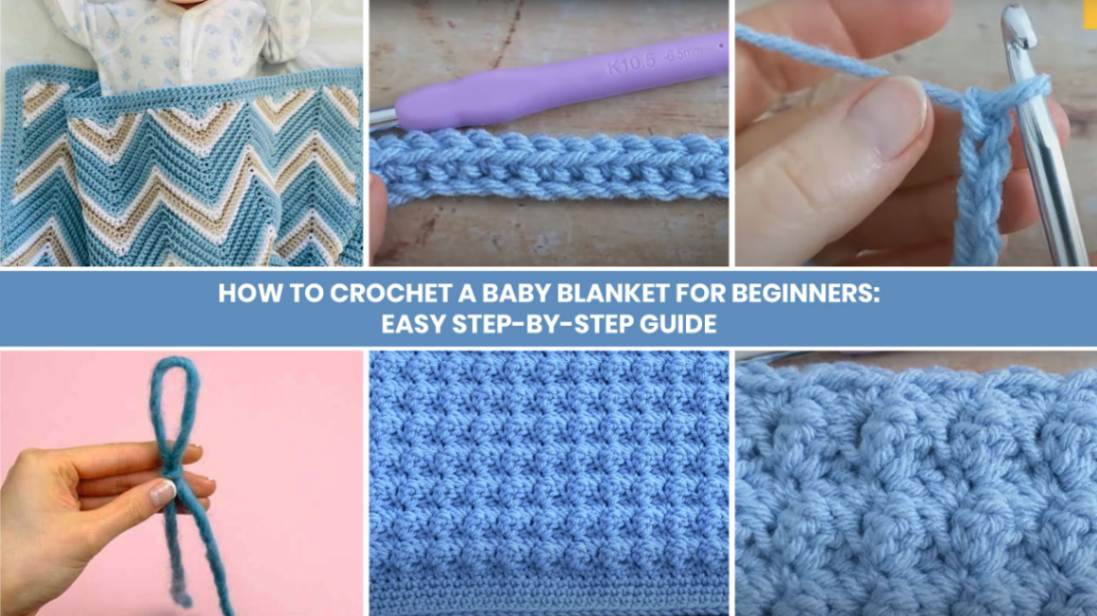

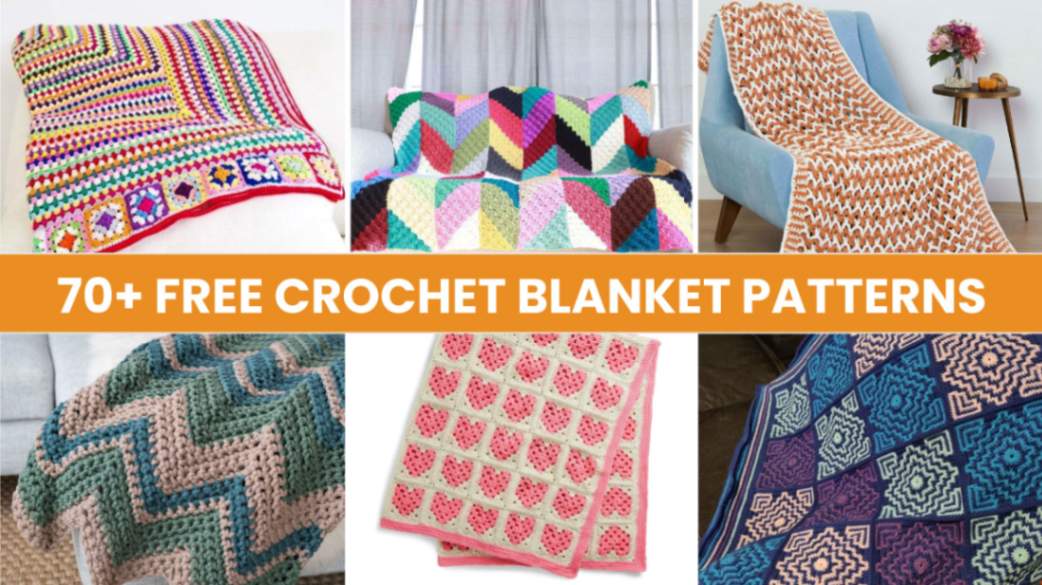
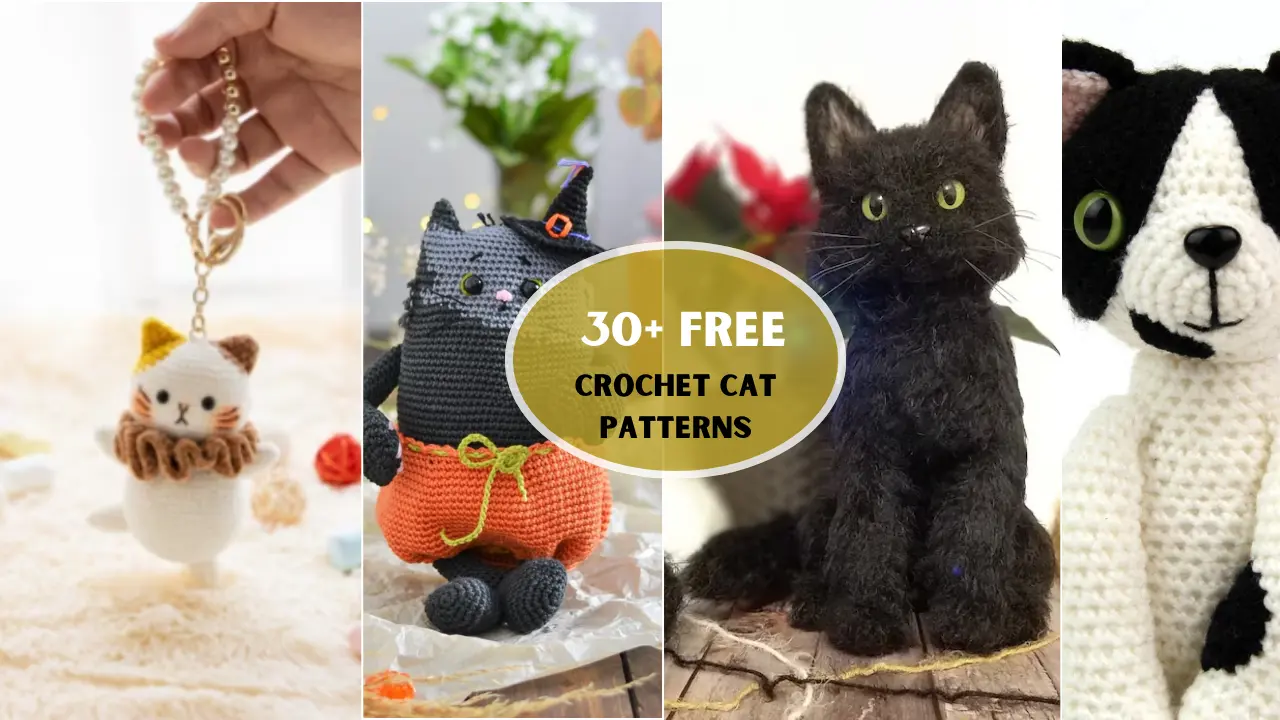
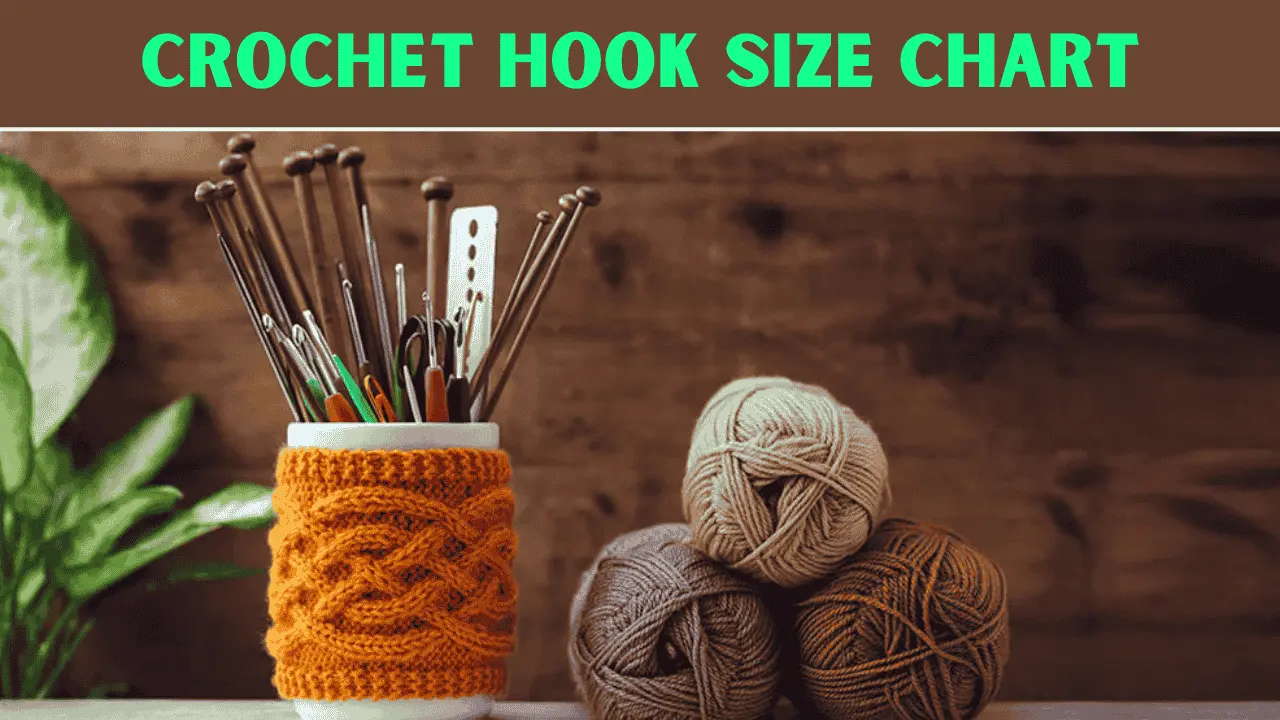
![How to Crochet a Bag? [6 Easy Steps with Pictures]](https://crochetmind.com/wp-content/uploads/2024/10/How-to-Crochet-a-Bag.webp)

